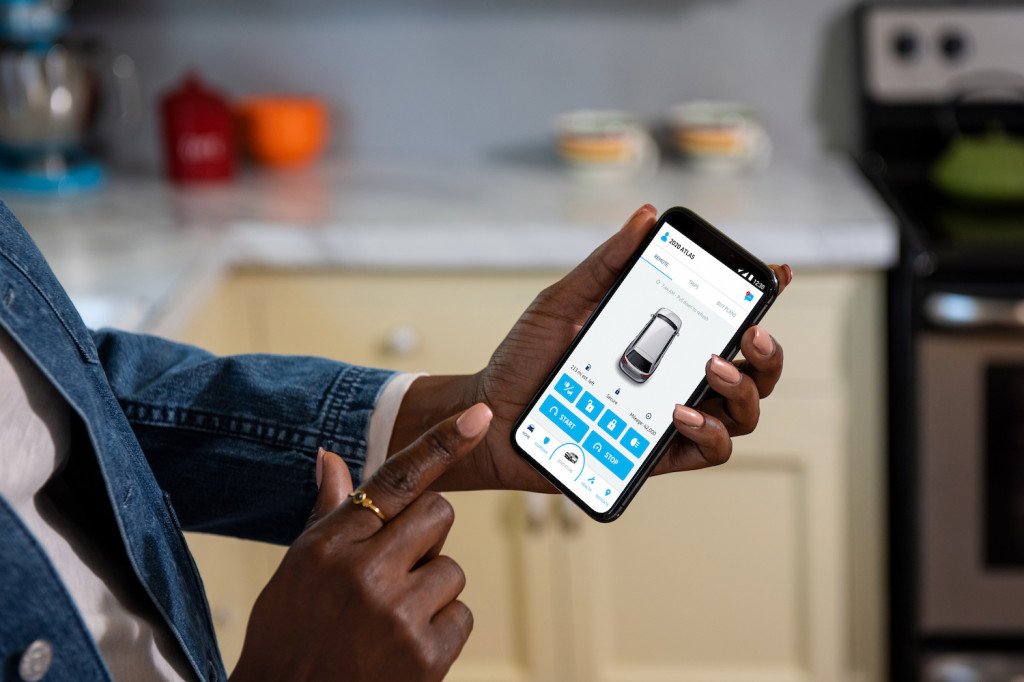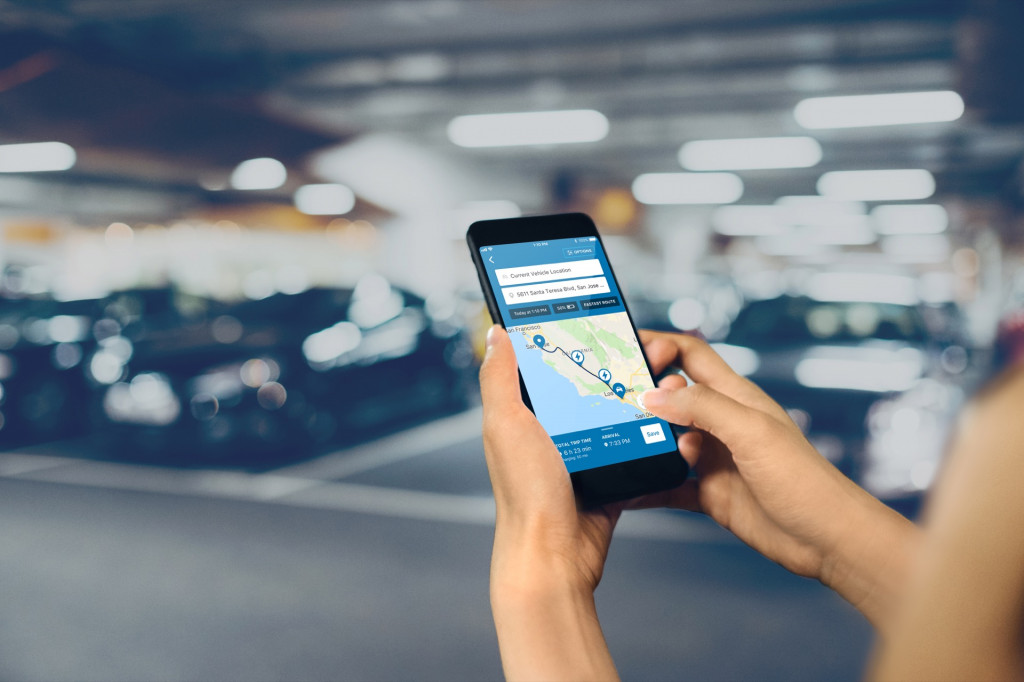Tesla’s smartphone app for its vehicles doesn’t get anything close to a top rating versus other EV brands in a recent study combining customer feedback and an expert assessment.
The app ranks sixth out of 14 EV automakers considered in the J.D. Power “OEM EV App Benchmark Study” after Kia, Ford, Porsche, Chevrolet, and Hyundai.
According to the firm, in a summary of the results released Wednesday, owners of EVs are far more likely to use a brand’s mobile app more than half the time they drive. And 41% of EV owners claim they’ve been using their EV brand’s smartphone app “at least every other trip.”
The apps that electric vehicle owners use—on smartphones, and inside or outside their vehicles—are essential for making the whole EV ownership experience “click” for new adopters.
We saw this many years ago with the launch of a unified, well-coordinated app from Tesla that has been refreshed and refined regularly over the years—as have Tesla’s vehicles via their over-the-air updates.

ELEKS Tesla app for Apple Watch
What’s the Tesla app missing? J.D. Power says it lacks the advanced route-planning that allows apps from other EV makers to take their proposed routes from the iPhone or Android device into the car, sometimes seamlessly.
That's a bit odd, as Tesla’s Supercharger network has been a strength all along, as has its in-car route planner.
“Tesla’s app has not changed significantly for many years, and other manufacturers are offering apps with greater functionality,” said the J.D. Power's summary of the results.
![Tesla Model 3 Enhanced Summon video still [by YouTuber Nagaraj Kelageri] Tesla Model 3 Enhanced Summon video still [by YouTuber Nagaraj Kelageri]](https://images.hgmsites.net/lrg/tesla-model-3-enhanced-summon-video-still-by-youtuber-nagaraj-kelageri_100696119_l.jpg)
Tesla Model 3 Enhanced Summon video still [by YouTuber Nagaraj Kelageri]
At present, the Tesla app allows owners to tap into charging and range status, climate preconditioning, and permits many other remote-access features. More recently Tesla has allowed Keyless Driving—no more fobs—and, as part of an optional package, drivers to Summon the vehicle to them from the app.
“Tesla also does not offer any diagnostic data on the vehicle like TPMS, fluid levels or exterior light information,” Frank Hanley, senior director of global automotive consulting at J.D. Power, told Green Car Reports. However, the firm said the app continues to resonate well with owners and “still proves to be the industry’s benchmark” in speed for remote vehicle functions.
Power criticized decisions made by some automakers, including Volkswagen, to produce EV-related apps that remove some vehicle functions that were allowed for ICE vehicles.

Volkswagen's next-generation Car-Net
It noticed some of the same issues we did with the ID.4 and its app functionality, including confused interfaces between VW’s ID.4 app and its Car-Net app. If owners only use the ID.4 branded app, they don’t see many of the Car-Net functions like remote locking or service appointments and only get a charging-station finder, climate preconditioning, and remote charging control.
“It is unclear why an ICE consumer would need the ability to lock their vehicle, but an EV driver would not,” said Hanley.
That said, EV apps can overwhelm owners with technology ideas with which they're not familiar. Power says that “as many new owners have no experience with electrical units in relation to driving range or the advantages of charging during off-peak hours, it is important to put things in terms that they can understand.”
General Motors last month announced that it plans to streamline the charging experience by offering a “one-click” charging experience via unified GM brand apps for the Chevrolet Bolt EV and Bolt EUV as well as its upcoming Ultium EVs, including the GMC Hummer EV and Cadillac Lyriq. Those apps will aggregate access to seven charging networks and take “a holistic charging approach.”

FordPass app
Ford already has a comprehensive FordPass app that taps into several major charging networks, helps with trip planning, tracks home charging status, and considers public charging occupancy. Th app also offers remote location-services functions such as preconditioning and locking and unlocking.
Although Power didn't go into specifics about what puts the Kia app at the top of the list, it appears to have managed a combination of checking all those boxes the assessment looked for plus strong customer ratings.
Not everyone wants to be able to bring a planned route from their phone to their car, or to remotely change their charge settings, but it’s critical that when owners want that functionality that it’s there, in a single app. It's especially important to help make the transition from a gasoline car as easy as possible.













